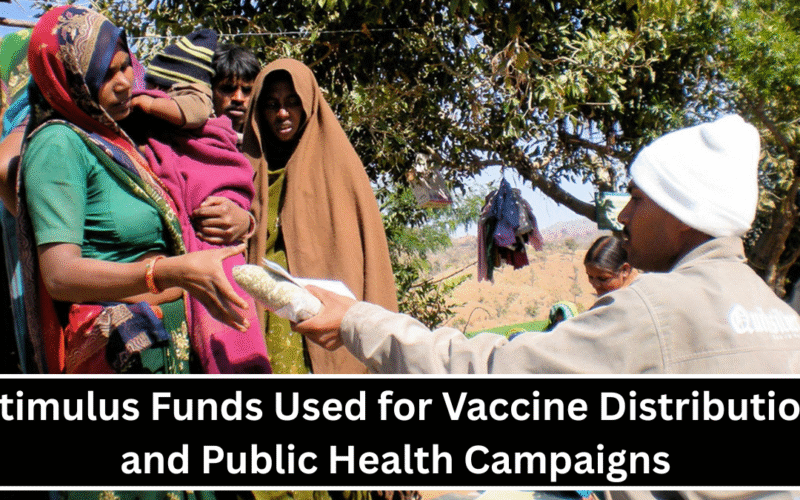During the COVID-19 pandemic, governments around the world introduced stimulus packages to support their economies and protect public health. In the United States, these stimulus funds were not only sent as direct payments to citizens but also used for important programs like vaccine distribution and health awareness campaigns. These funds played a big role in helping people get vaccinated quickly and understand the importance of public health during the crisis. The success of these programs shows how financial support and strong planning can work together to keep communities safe.
How Stimulus Funds Helped Vaccine Distribution
A major part of the U.S. stimulus efforts was focused on vaccine rollout. When COVID-19 vaccines became available, the government needed to move fast to get them to hospitals, clinics, and pharmacies. This required a lot of money for transportation, storage, medical supplies, and trained staff. Stimulus funds helped set up vaccine centers, mobile clinics, and online registration systems so that people could easily find appointments. Special efforts were made to reach rural areas, low-income communities, and those with limited access to healthcare. These investments helped speed up the vaccine delivery process, saving thousands of lives.
In addition, stimulus money was used to pay for protective gear for healthcare workers, expand storage for vaccines (such as ultra-cold freezers), and manage logistics through national health departments. The funding also supported data tracking systems so that governments could monitor who was vaccinated and where, making sure every community was reached fairly.
Public Health Campaigns Powered by Stimulus Spending
Aside from distributing vaccines, the government also needed to educate people about COVID-19 safety, vaccine benefits, and how to protect themselves. That’s where public health campaigns came in. Stimulus funds allowed agencies like the CDC (Centers for Disease Control and Prevention) and local health departments to run nationwide campaigns on TV, radio, and social media. These campaigns were especially important because many people were hesitant to get vaccinated. Some had questions, others were scared or didn’t trust the system. By using trusted community leaders, health experts, and clear messaging, the campaigns helped spread correct information and fight misinformation. Posters, videos, and live webinars were made in different languages to reach everyone, including immigrants and minorities.
In schools, public spaces, and workplaces, educational materials funded by the stimulus helped people learn how to prevent infection—like wearing masks, washing hands, and keeping distance. These campaigns were essential for encouraging responsible behavior and building public trust during a time of fear and confusion.
Stimulus funds played a key role in fighting the COVID-19 crisis—not just through financial help to families and businesses, but also by boosting the country’s health system. From vaccine distribution to public education, these investments saved lives and kept communities informed and protected. The response wasn’t perfect, but it showed how powerful coordinated efforts and government funding can be during emergencies. Moving forward, these lessons will help shape future responses to public health crises, ensuring that no one is left behind.
FAQ’s:
Q1. What are stimulus funds?
Stimulus funds are government money used to boost the economy during times of crisis, like a pandemic. They support businesses, people, and healthcare efforts.
Q2. How were stimulus funds used for vaccine distribution?
The funds helped build vaccine centers, buy equipment, pay medical staff, and deliver vaccines to remote and poor areas quickly and safely.
Q3. What are public health campaigns?
These are programs that share important health messages with the public—like how to stay safe from COVID-19, why vaccines are helpful, and how to avoid spreading the virus.
Q4. Why was public health education necessary during COVID-19?
Because many people were unsure or scared. The campaigns helped provide clear, correct information and reduced confusion and fear.
Q5. Will similar funds be used in future health emergencies?
Yes, the success of these programs shows that quick government support through stimulus funding can help manage future crises more effectively.
